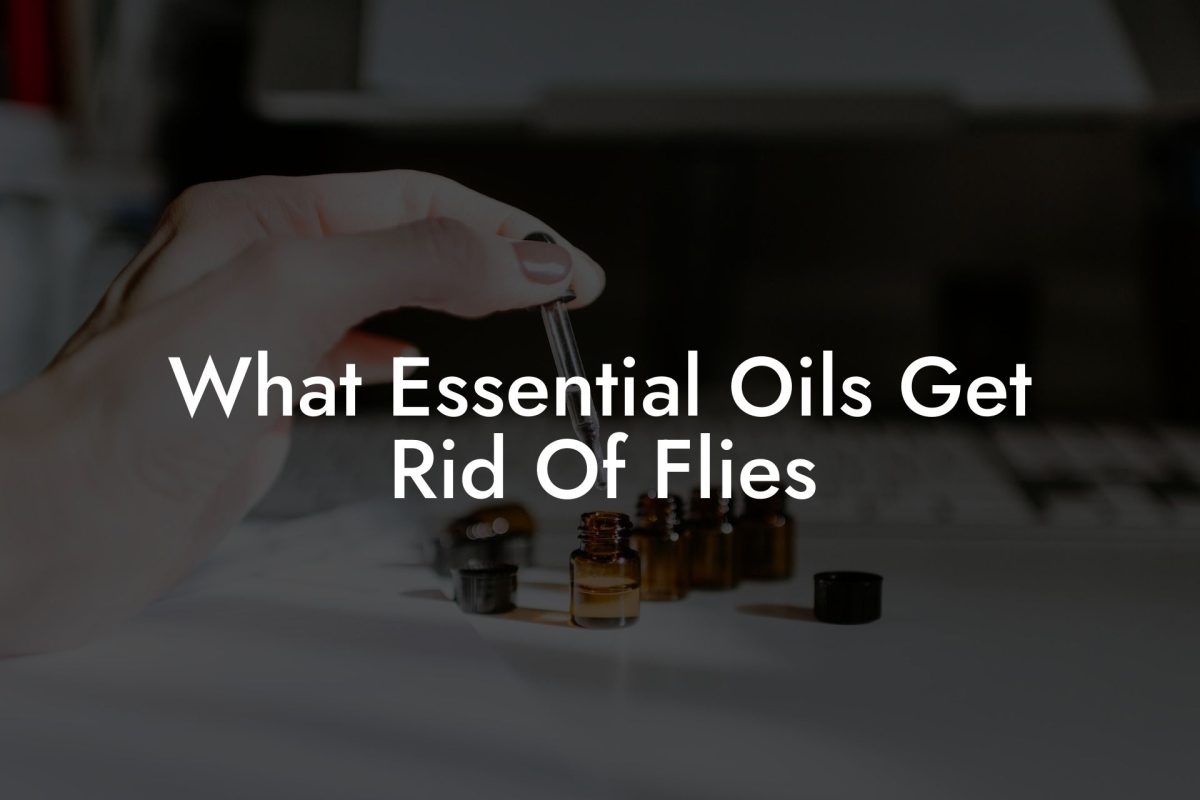Are you ready to dive into the world of natural soap-making and harness the power of essential oils? In this guide, we will teach you how to create your very own homemade soap using essential oils. Say goodbye to artificial fragrances and chemicals – get ready to invigorate your senses and reap the benefits of aromacology with natural, artisan soaps.
Table of Contents
Why Make Natural Soap with Essential Oils?
Essential oils are not only a natural fragrance option but also provide a host of benefits to your body and mind. When infused in soap, these botanical extracts can:
- Promote relaxation and stress relief
- Boost energy and focus
- Provide antibacterial and inflammatory properties
- Enhance skin health and overall wellbeing
Understanding the Soap Making Process
There are two main methods of soap making: cold process and hot process. This guide focuses on cold process soap making, as it allows for more control over the ingredients and essential oils used.
Cold Process Soap Making
Cold process soap making involves mixing oils and lye, which triggers a chemical reaction called saponification. The mixture is then poured into molds and allowed to cure for several weeks.
What You’ll Need
To make natural soap with essential oils, gather the following materials and ingredients:
Materials:
- Precision scale for measuring ingredients
- Soap mold (silicone is easiest to work with)
- Heat-resistant container for melting oils
- Mixing bowls
- Immersion blender or stick blender
- Rubber spatula
- Goggles and gloves for safety
Ingredients:
- Oil base (a combination of coconut oil, olive oil, and other carrier oils)
- Lye (sodium hydroxide)
- Distilled water
- Essential oils of your choice
- Natural colorants and botanical additives (optional)
Step by Step Guide to Making Natural Soap with Essential Oils
- Preparation: Begin by measuring your ingredients accurately using the precision scale. Then, wear your gloves and goggles for safety.
- Mix the lye and water: In a well-ventilated area, slowly pour the lye into the distilled water (never the other way around). Stir gently until dissolved. The mixture will generate heat and fumes. Set aside to cool.
- Melt the oils: Combine your chosen oils in a heat-resistant container and heat them until melted. Allow them to cool slightly before proceeding.
- Mix lye solution and oils: Once both the lye solution and oils have cooled down to similar temperatures, slowly pour the lye solution into the oils while using the stick blender to mix them together.
- Add essential oils and colorants: Add your chosen essential oils and any natural colorants or additives. Blend well.
- Pour and mold: Pour the soap mixture into your mold, smoothing the top with a spatula. Tap the mold gently to release air bubbles. Cover with a towel to insulate and leave undisturbed for 24-48 hours.
- Unmold and cut: After the soap has set, carefully remove it from the mold and cut it into bars.
- Cure: Allow the soap bars to cure for 4-6 weeks in a cool, dry place with good airflow.
How To Make Natural Soap With Essential Oils Example:
Imagine creating a natural soap with lavender and chamomile essential oils, providing a calming and soothing bathing experience. Melt a combination of coconut and olive oils, then incorporate a blend of lavender and chamomile essential oils. Add dried lavender buds as a natural exfoliant. After following the cold process soap-making steps, you’ll have beautiful, fragrant, and skin-nourishing soap bars ready for your home or to be shared as gifts.
Now that you have a comprehensive guide on how to make natural soap with essential oils, it’s time to get creative and enjoy the process. Share this article with friends, explore other guides and resources on Oshu Oils’ website, and don’t forget to check out our selection of expertly blended essential oils. Happy soap-making!





















